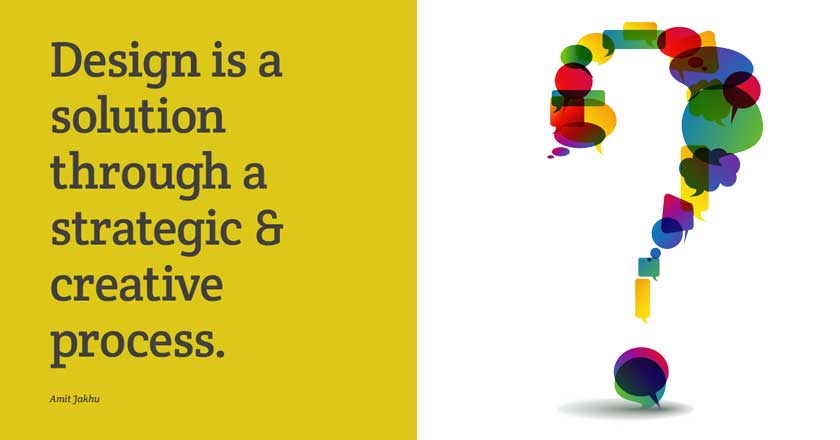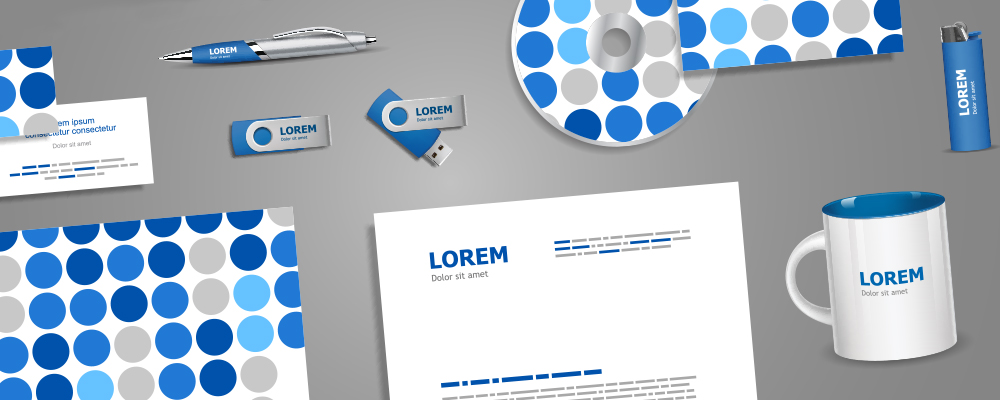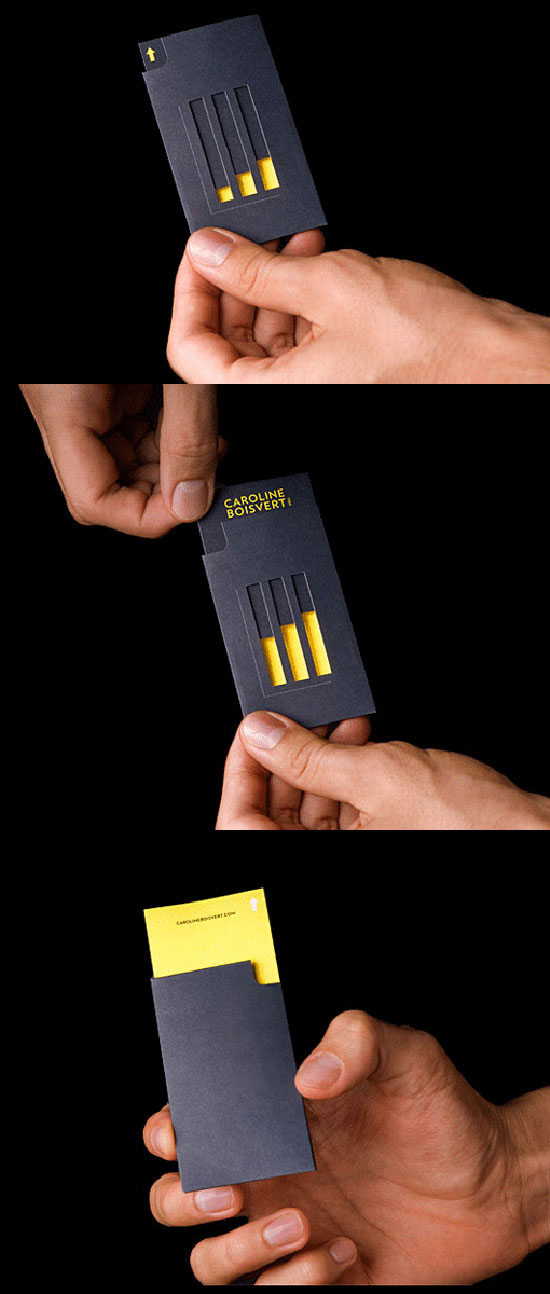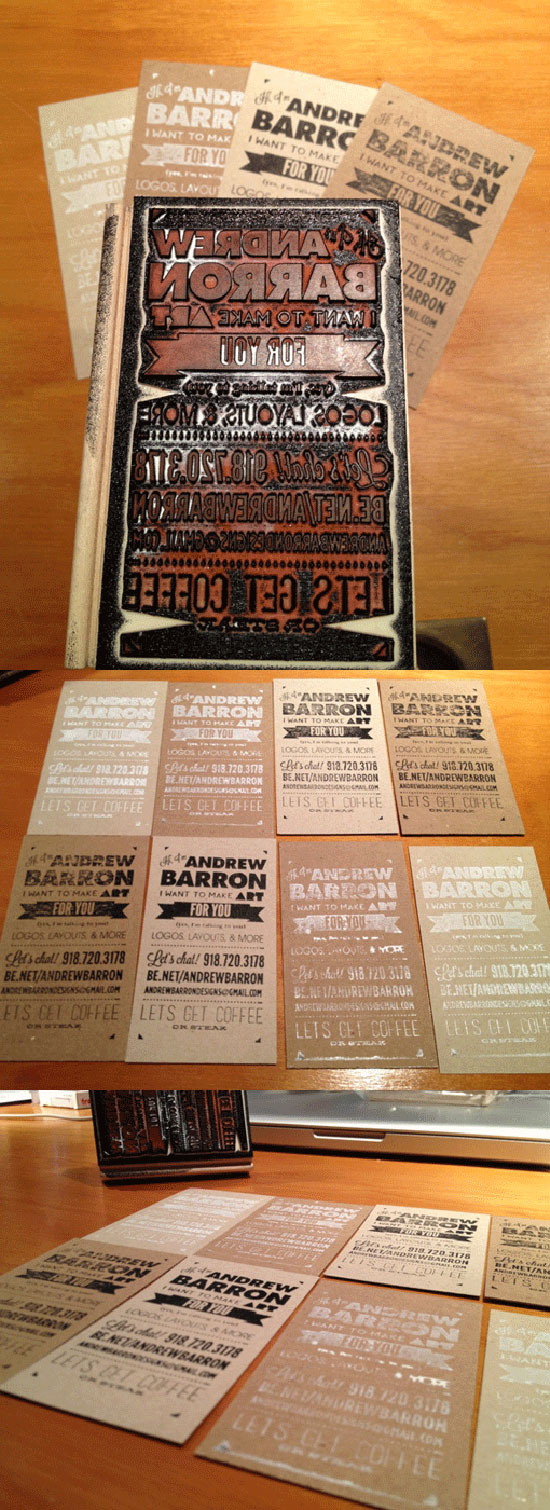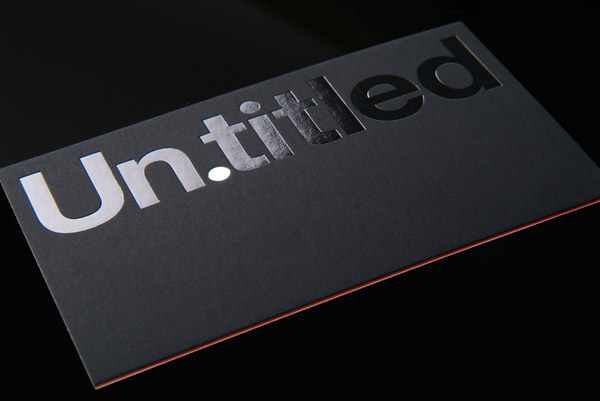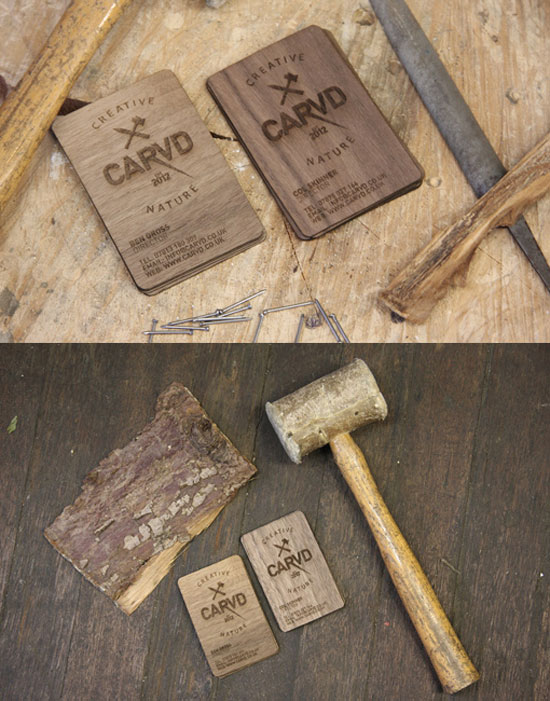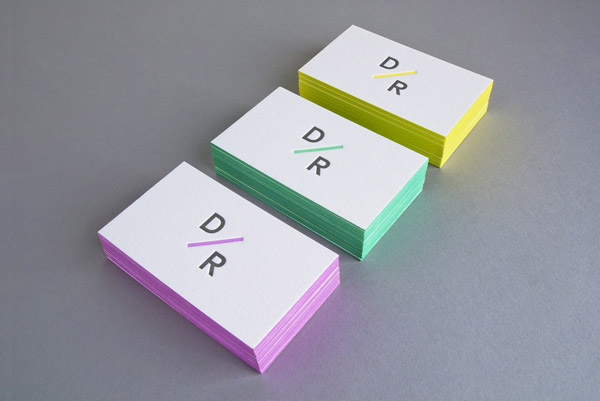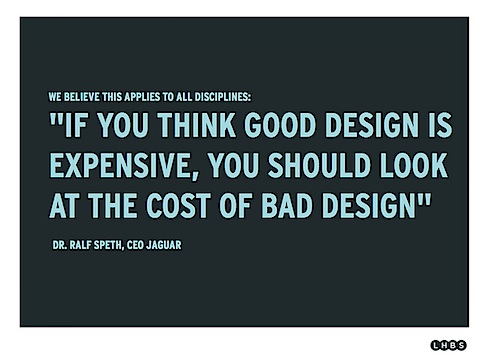For a long time now big brands have worked with big creative agencies to work on their marketing, but lately what these big brands have found is they have top-heavy processes, people and systems. But lately there is a move towards a small boutique creative agency that can work more closely achieving your goals – at a fraction of the price.
We constantly get asked all the time ‘What does a Project Manager do’? ‘What is it doing in your breakdown of costs on our quote’?
As a design professional I meet a lot of people that have no idea what a project manager does, and how important they are in delivering a quality product, with no hassles.
It’s a tough question to answer. Especially because in many design firms the project manager is still an emerging position.
Project managers are responsible for the leadership of the project from start to finish. They lead a team and help negotiate relationships within the project—whether it’s with clients, team members, printers, photographers, etc.
Project managers are not the people chasing work and developing new relationships. Instead, they maintain a healthy client relationship throughout the course of the project. This often can turn into a long-term business relationship.
Once the contract is agreed upon and signed, the team is then assembled. Most projects start with a team meeting, that may differ depending on the goals and scope of the work. It is up to the project manager to decide what the best approach to the work should be. Sometimes project managers tend to forget their role is to lead, not dictate, they need to have a vision and an approach, as well as have a clear understanding of the goal.
For us at DesignLab, “It’s all about the relationships.” In a collaborative project setting, successful relationships between team members are essential, and the job of keeping the foundation often falls to the project manager. Conflicts can be an important part of the creative process, but it’s really important that it doesn’t sidestep the project.
One way is to make sure that every team member feels valued, and that they are an important part of the project. This can include making sure that team members are coached effectively, and praised, especially during the challenging stages. It is the project manager’s job to care about the quality of work, and that is the same about the quality of the working environment. Maintaining a positive working environment builds good rapport between the team, and keeps enthusiasm levels on a high.
For the hands-on graphic designer, the profession and work consists of big ideas and the small details. It’s not just enough to have a great concept these days — you have to be able to execute it, and this often means working through painstaking precise and multiple iterations of a concept until you get it right.
It’s the project manager who has to keep an eye on the goals & objectives of the project, both for the client and the design team. Clients can be just as easily fooled by sexy layouts, but it’s the project manager’s job to avoid those temptations and make sure the project meets its objectives.
Although design agencies can benefit from a project manager, they are not always required, especially if an agency has many experienced design professionals. Project managers usually are best in mid-sized to larger agencies with at least 20 staff or more.
In smaller design agencies, an art director or design director often functions as the project manager, and may be capable of handling the role. But sometimes project management is the last thing an art director wants to — or should — be doing. This is where a project manager can relieve the pressure of the art director of these responsibilities so that they can focus on the quality of the design rather than the project process.
Hiring a project manager will not solve all of your agencies issues. But allowing for leadership of your projects, and your agencies work will enable smoother outcomes, and a better workflow, and maybe even encourage leadership within your agency.
Finding the right team, giving correct direction and managing the working environment — while focusing on a strategic direction and staying on top of deadlines and deliverables — are all part of a project manager’s role. It’s a challenging task. But if you can find someone who is good at it, you can build your business and improve the quality of your portfolio.


